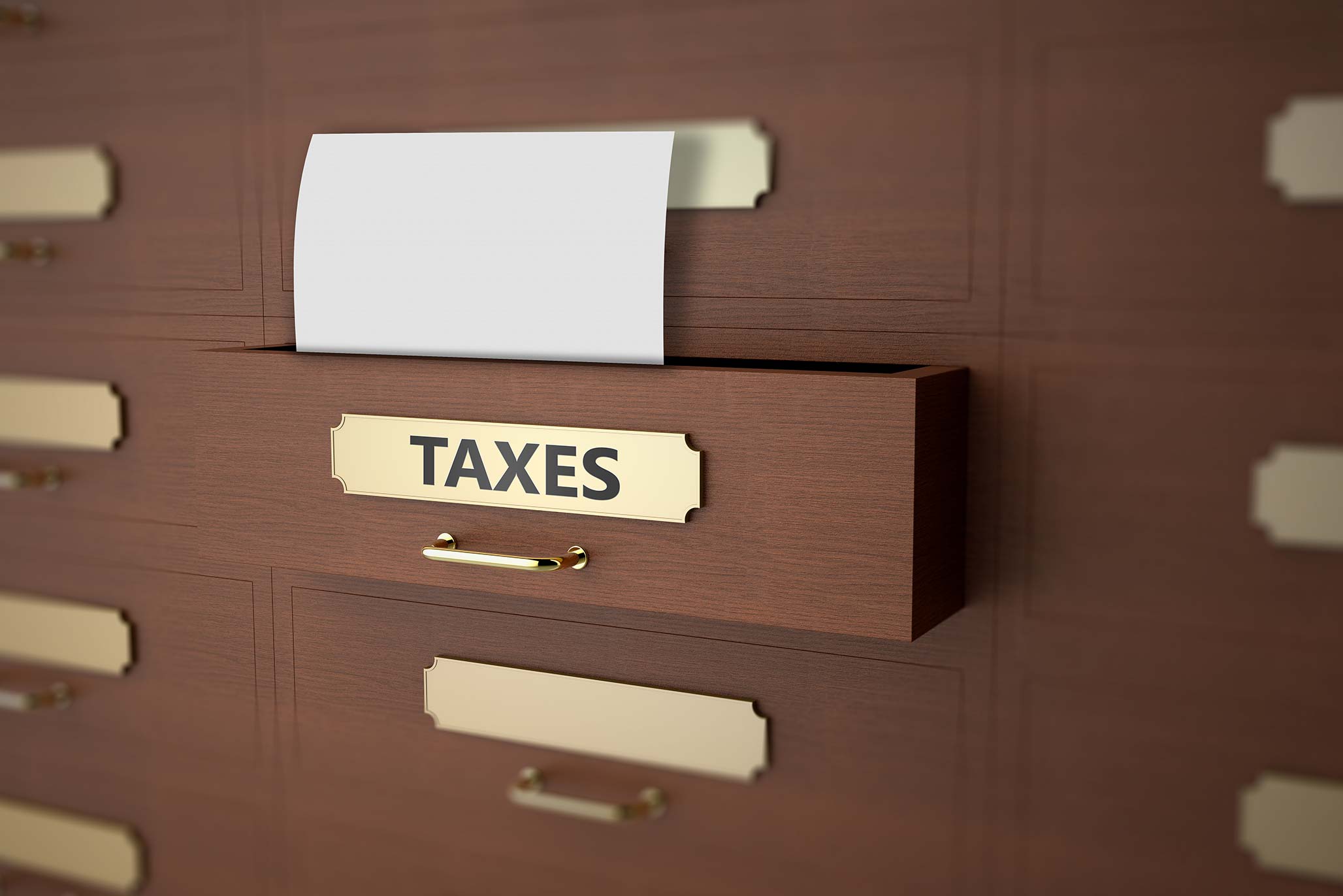7 Quick Tips to help you plan your Income Tax

Salaried employees enjoy peace and uniformity in their rhythm of life. A predetermined and consistent monthly flow of income allows them to meticulously plan expenditure, savings, and investment. The ultimate test of money management for salaried employees is Income Tax planning. Negligence or lack of information or fuzzy thinking might adversely impact the immediate financial health. This can have a bearing on your long-term financial life goals.
Smart decision making and clear thinking are what it takes to not just avoid paying extra income tax but also surprise oneself with some extra funds (a reward for appropriate income tax planning!). The following tips will be beneficial if help regarding financial planning at the turn of the fiscal year and how to save income tax is what you are looking for.
Tax-Saving Tips
|
S.no. |
Tips |
Briefing |
|
1. |
Start Early |
Do not let your financial peace be disturbed, choose the best options and plan meticulously. |
|
2. |
Income Tax Slab |
Find the upper limit of the tax amount you have to pay. |
|
3. |
Section 80C |
Maximum deduction of 1,50,000 Rs. on taxable income. EPF, PPF, FDs, NSCs, NPS, ULIPs, Life Insurance, Home Loan, Tuition Fees, Equity and Debentures. Start from larger amount to smaller amount. |
|
4. |
First Time Home Owners |
Upper deduction limit of 50,000 Rs. |
|
5. |
Education Loan |
Interest paid for 8 years. |
|
6. |
Medical Expenditure and Insurance |
Section 80D and its sub-sections. 25,000-1,25,000 Rs. Higher limit on medical expenditure on self. |
|
7. |
Check and Consult |
Read carefully and consult if required before filing. |
Start Early
Calculating the net payable income tax and tax savings might involve a complex set of calculations. There are a variety of income tax calculators available online to aid you in this regard. The Income Tax Department also provides an updated online income tax calculator. Starting early ensures the following:
- The pattern of monthly expenditure is undisturbed.
- Maneuvering with options of saving schemes to choose the most suitable option.
- There are no last moment hassles and bad decisions taken.
Income Tax Slab
Look for the latest income tax slab issued by the government. IT slab tells you the percentage of total income that makes the upper limit of payable tax amount depending upon the threshold income. Tax savings are deducted from this amount to obtain the net payable income tax.
Section 80C
Section 80C of the Income Tax Act, 1961 is the most important Section pertaining to deductions and investments when it comes to saving tax. It allows a maximum deduction of 1,50,000 Rs. on the taxable income. The total deductions can be constituted of different investment funds, which might usually include a set of the following (but not limited to):
- Employee Provident Fund (EPF)
- Public Provident Fund (PPF)
- Tax-saving Fixed Deposits
- National Pension Scheme (NPS) investments
- National Savings Certificate (NSCs)
- Unit Linked Insurance Plans (ULIPs)
- Life Insurance premium payment
- Home Loan
- Tuition Fees
- Equity and Debentures
It is always better to begin from larger amounts to smaller ones to make the 1,50,000 Rs. limit. Clever tax savers always have a good look at the updated Section 80C for their fiscal year, its various sub-sections like 80CCC, 80CCD(1), 80CCD(2) and 80CCD(1B), and the list of different investment options that fall under them.
First Time Home Owners
Under Section 80EE, a maximum deduction of 50,000 Rs. is allowed to those who have taken a home loan to purchase their first housing property. The deduction is based on the interest amount.
Education Loan
The maximum deduction allowed under Section 80E is based on the interest paid on Education Loan for 8 years.
Medical Expenditure and Insurance
Medical expenditure and insurance might add to the total deductions from taxable income. Section 80D regarding Medical Insurance allows a deduction of 25,000 - 50,000 Rs. Section 80DD related to treatment and maintenance of Physically Handicapped allows a deduction of 75,000-1,25,000. Section 80DDB pertains to medical expenditure on self.
Check and Consult
It might sound clichéd but to avail of the aforementioned tax benefits, one needs to take a close look at the details of each section, especially since they are subject to revision annually. Plenty of online resources are available to help you save income tax, but money matters, and it would not be a bad idea to consult a tax expert if there are some confusions.
Proper proofs of expenditures and investments under different heads to avail tax benefits are pertinent to smooth calculation and filing of income tax. These documents include the fee slips, detailed loan statements, insurance premium record, medical bills, account statements, travel and conveyance proofs. It is evident that a good amount of paperwork is involved and therefore it would be a good idea to maintain digital copies of maximum documents to avoid last moment delays.
(All care has been taken to maintain the accuracy of the information detailed in this blog. Aviva, however, assumes no responsibility for the accuracy of the blog or of the actions taken based on it. Please do refer to the Income Tax Department’s online tax filing site, https://www.incometaxindia.gov.in/Pages/tax-services/file-income-tax-return.aspx , for any further clarifications)
Dec 26/18
Related Articles:
Why Life Insurance may not seem important but actually is?
Popular Searches
- Term Insurance Plan
- Term Insurance Age Limit
- Term Insurance with Maturity Benefit
- Term Plan in your 30s
- Term Plan Benefits
- Zero Cost Term Insurance
- Ideal Coverage Amount for Term Insurance
- Term Insurance Riders
- What is Term Insurance
- Types of Life Insurance
- Term Insurance with Return of Premium
- Group Life Insurance
- Saral Jeevan Bima
- Life Insurance Plans
- Benefits of Life Insurance
- Life insurance vs Health Insurance
- Life Insurance vs Annuity
- Types of Life Insurance
- What is Life Insurance
- Sum Assured
- Endowment Plans
- Health Insurance Plans
- Cancer Insurance
- Child Insurance Plans
- Cash Value Life Insurance
- Savings Plan
- Guaranteed Savings Plan
- Short Term Investment Plans
- Pension Plans in India
- ULIP Plan
- ULIP Meaning
- ULIP and Riders Options
- ULIP Plan Tax Benefit
- ULIP Benefits
- What is Annuity



Leave a Reply
Add new comment